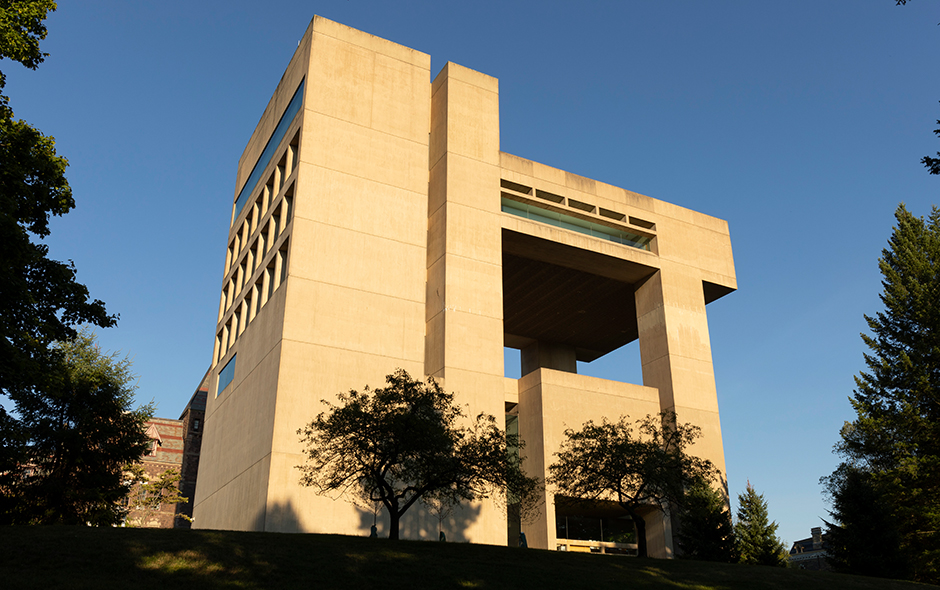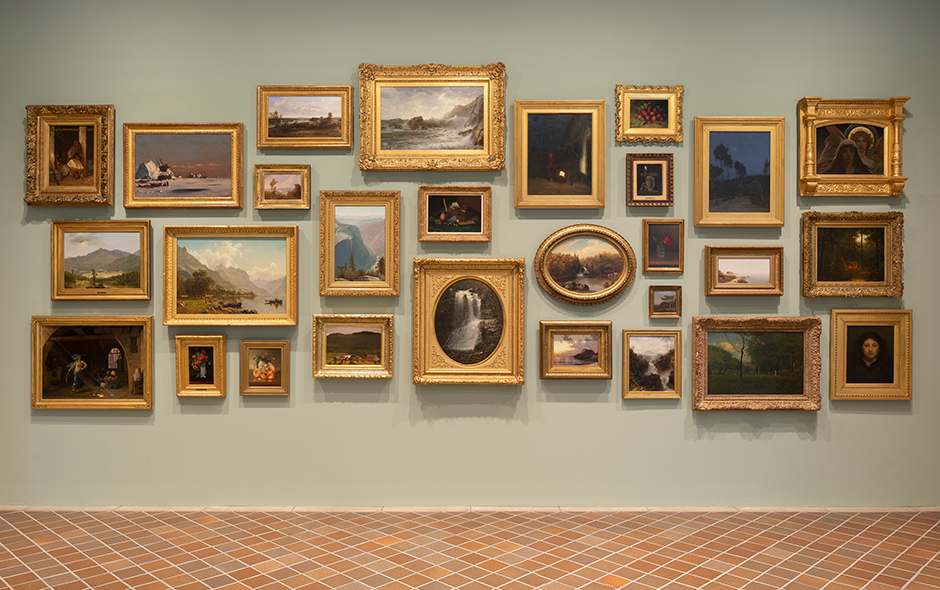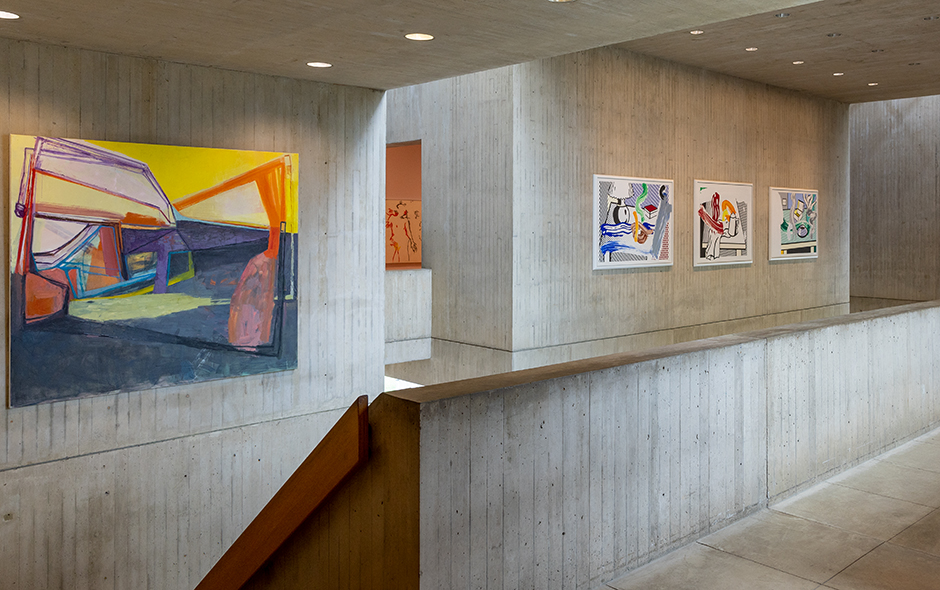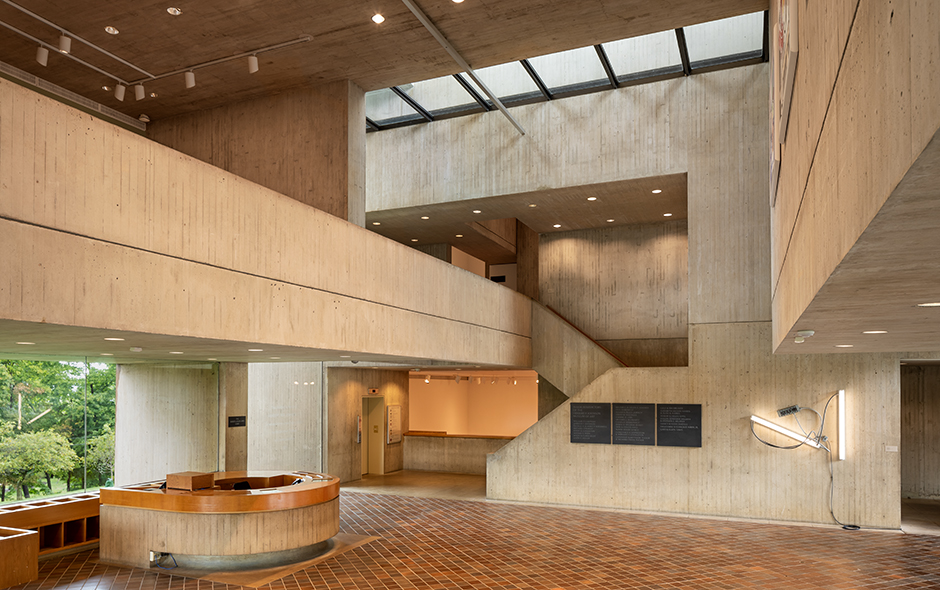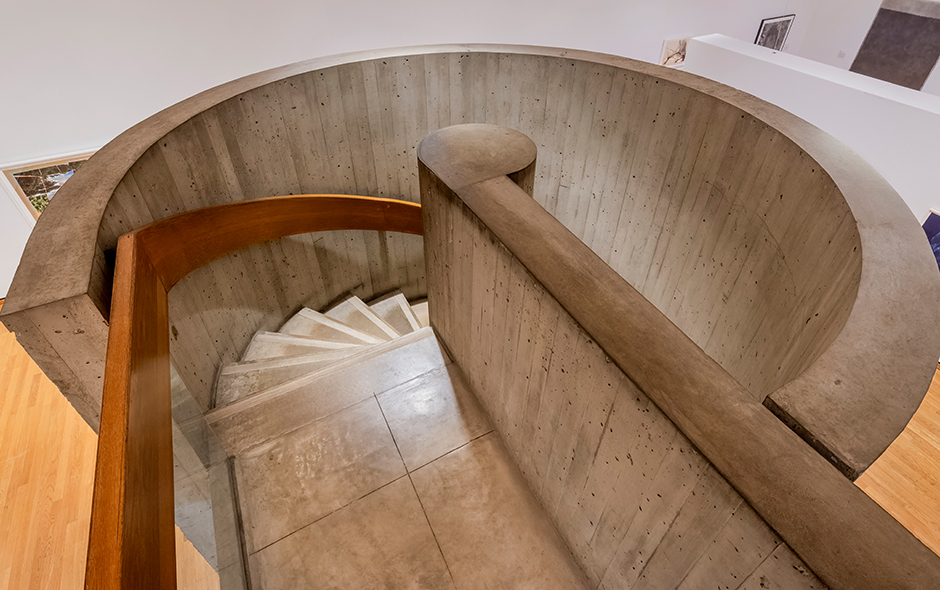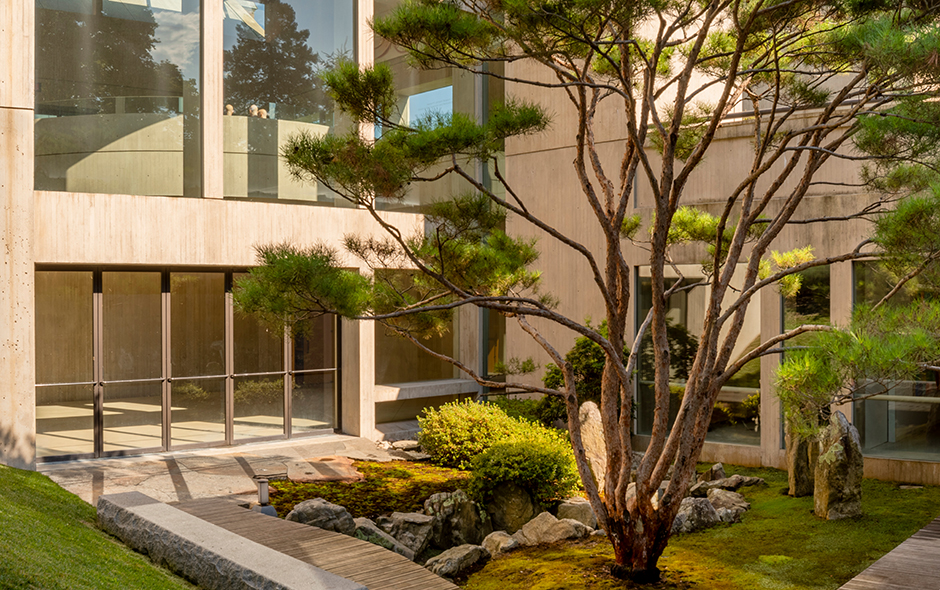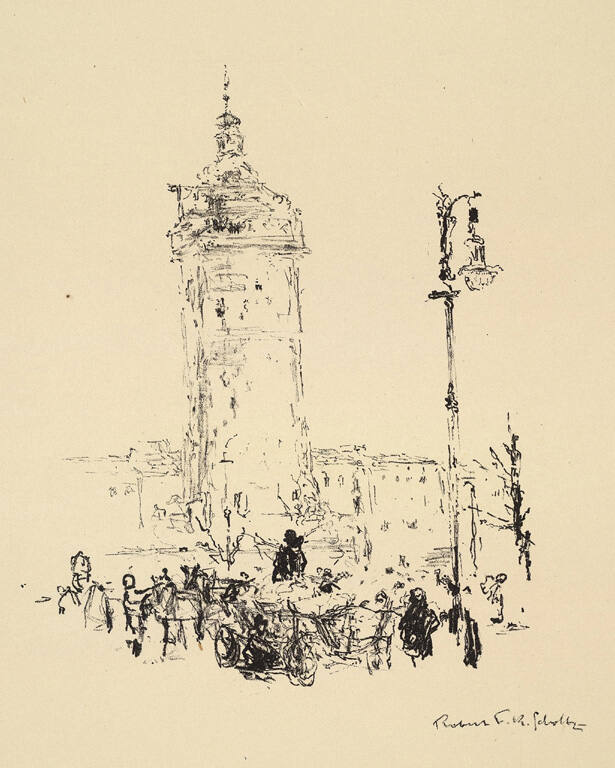Enrique Chagoya
(Mexican, born 1953)
Goya conoce a Posada, from the portfolio Homage to Goya II: Disasters of War
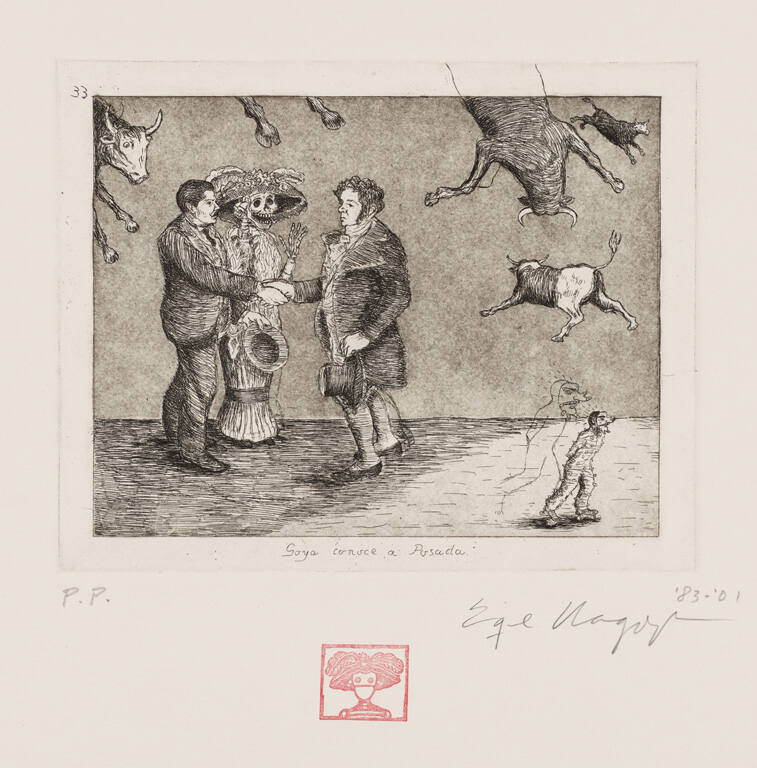
Object Details
Artist
Enrique Chagoya
Date
1983-2001 (published 2003)
Medium
Etching with rubber stampingPrinter’s proof
Dimensions
Sheet: 13 × 15 inches (33 × 38.1 cm)
Credit Line
Gift of the Estate of Paul Ehrenfest, Class of 1932, by exchange
Object
Number
2006.005.009
The deceptively simple composition of this print draws its inspiration from a rich array of sources.(…)
The deceptively simple composition of this print draws its inspiration from a rich array of sources. Unlike the majority of the etchings in Chagoya’s series, this print does not depart from one of Goya’s plates in the Disaster of War series. Instead, Chagoya begins with a background of careening bulls from Disparate de toritos, Iluvia de toros (at bottom), superimposing a grouping of figures drawn from Mexican painter Diego Rivera’s 1947 mural Sueño de una tarde dominical en la Alameda Central (Dream of a Sunday Afternoon in the Alameda Central Park), formerly located in the foyer of the Hotel del Prado in Mexico City until it was saved from an earthquake and moved to its own museum in 1986. In the original composition, Rivera depicts Mexican printmaker José Guadalupe Posada alongside the calavera (skeleton) figure that he famously created, known as La Catrina, as well as a self-portrait of Rivera as a child. Chagoya’s version further destabilizes Rivera’s already loose temporal boundaries by staging an imaginary meeting in which Goya and Posada (accompanied by La Catrina) exchange a handshake. Chagoya too bears witness to this momentous—albeit fictional—encounter: he inserts his own self-portrait wearing an Aztec mask and roller-skating along the bottom edge of the frame. By placing himself in the company of such venerable artists as Goya, Posada, and Rivera, Chagoya secures his own spot in a lineage of artists committed to both technical mastery and the political causes of their time.Chagoya claims that the red stamps used in his suite of etchings after Goya are inspired by the Spanish National Library’s stamps, used during the dictatorship of General Francisco Franco to mark its copies of Goya’s prints. Chagoya believes that this act of possession is an irony given that Goya would likely not have been a supporter of Franco, and perhaps his own practice of stamping the altered prints is his own way of reclaiming Goya’s message for himself. The red color, which Chagoya values for its primacy to both Russian constructivism and Mesoamerican civilizations, cannot help but also evoke the collector and artist seals that appear on Chinese paintings. (“This is no Less Curious: Journeys through the Collection” cocurated by Sonja Gandert, Alexandra Palmer, and Alana Ryder and presented at the Johnson Museum January 24 – April 12, 2015)



